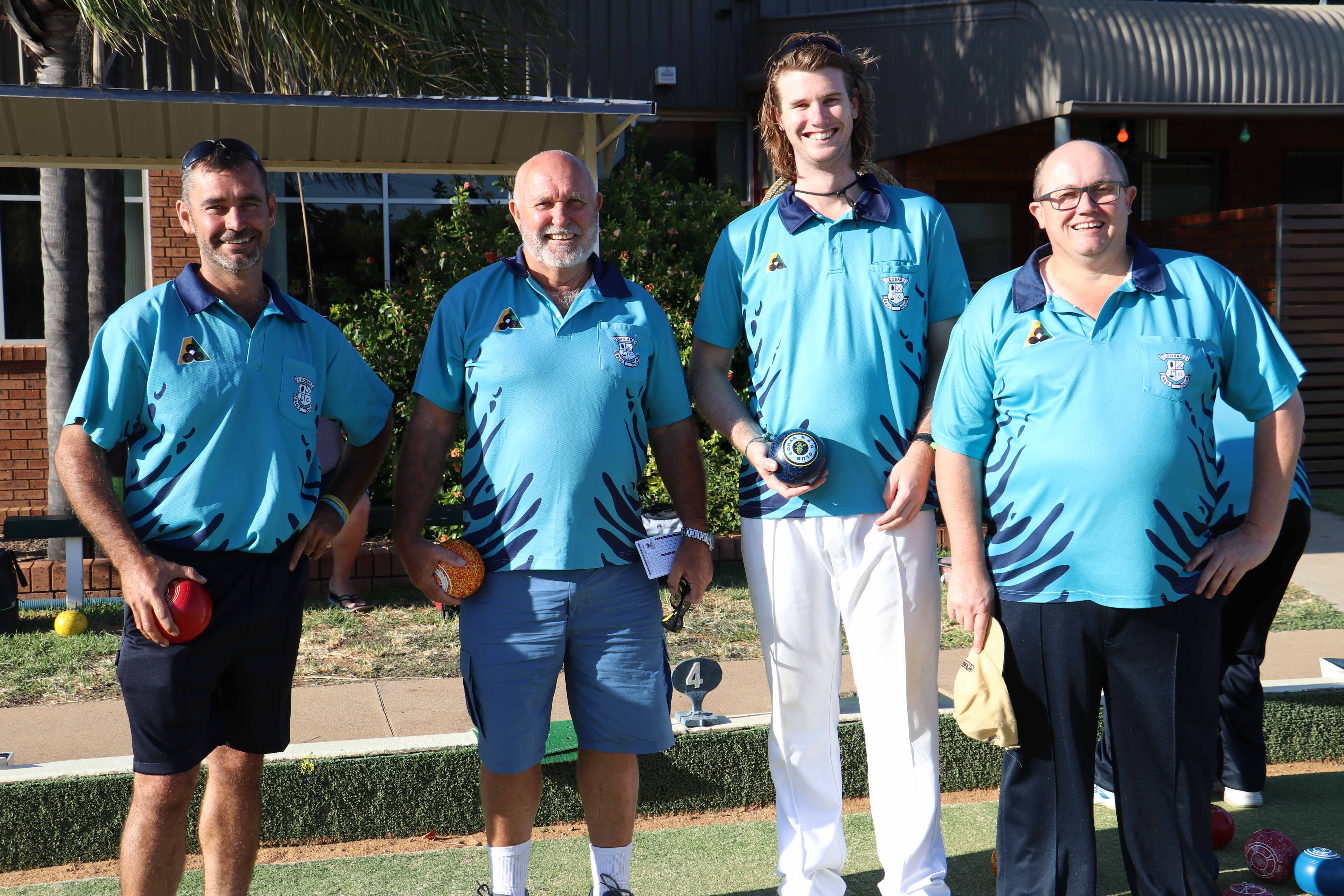
Cobar Management staff gave an overview of the CSA Mine’s operational plan for the next three years at a community consultation workshop last Tuesday at the Cobar Bowling & Golf Club.
Steve Marmara, the mine’s health, safety, environment and training manager, facilitated the stakeholder engagement meeting which he said was part of a process to review their Mine Operating Plan (MOP).
The mine’s last MOP ran from 2013-2017 and the new MOP covers the next three years of production from 2018 to 2020.
“We also thought we’d take this opportunity to talk to the community to let you know what we’re doing, what we’ve done, where we’ve come from and where we’re proposing to go with the mine,” Mr Marmara said in his introduction.
He said it was a great opportunity for CSA staff to communicate with the community and also for community members to ask any questions they might have.
“Safety is first and foremost and we’re achieving really good results and we’ve got the statistics to back that up,” Mr Marmara said.
“That’s our number one goal, if it can’t be done safely, it can’t be done at all.”
CSA’s general manager Pedro Quinteros also spoke about the importance of safety as part of his overview of the mine.
Mr Quinteros said the mine is one of a number of competitors in the market selling copper and buyers are now also checking the safety performance of companies.
He said their preference was to buy from producers of “clean copper”.
“This is pushing us, it’s pushing everyone to improve their safety records,” he said.
During the 2018-2020 MOP period, it is planned to mine at a rate of 1.25-1.3million tonnes per annum (Mtpa) of copper ore.
The total mineral resource inclusive of ore reserves at December 2016 is 12Million tonnes at 5.55 per cent copper.
Mr Quinteros said the resource will support these production rates for at least six years beyond the MOP, ie beyond 2026.
Since the current operation began in 1967, the mine has extracted 25million tonnes of ore to date.
Mr Quinteros also outlined some of the near mine surface exploration projects which are their current focus. He said they spent “about $6million” on exploration last year and plan to spend $10million next year.
Mr Quinteros said they will also be testing new haulage methods to reduce the usage of truck haulage, which is a very expensive method.
Chris Hamilton, the mine’s production manager, gave an overview of mining methods, explained the process of backfilling, listed their drilling and haulage fleets and spoke about improvements to ventilation.
CSA’s ore processing manager Farhan Rajiwate gave an overview of processing at the mine and the challenges they face with aging plant infrastructure and dated technology.
He also spoke about some recent achievements of remediation work to equipment; a flotation circuit upgrade completed last year; a filtration circuit upgrade carried out this year; and automated reagent management.
Project manager Rohan Reisener outlined 10 new projects which are part of the MOP.
Mr Reisener said it was a very thorough plan going forward that would improve the life of mine.
Mr Marmara then reviewed the land use objectives and rehabilitation strategy including community suggestions and asked if there were any issues not identified in the 2013-2017 MOP that should be included in the new MOP.
There were no issues raised and also no other suggestions for an alternative land use for the mine at the end of the mine’s life.
Previous suggestions at the MOP meeting in 2013 included a training centre, a gaol, a waste disposal plant, abattoir, tannery, milling, a solar/geothermal power station, and a tourism destination site.
“By no means are we looking at closing the mine in 2020,” Mr Marmara said.
He said the MOP is just part of a systematic process to meet regulatory guidelines and to update the community.
“We are constantly updating the plan.”
Questions were then taken from the floor.


